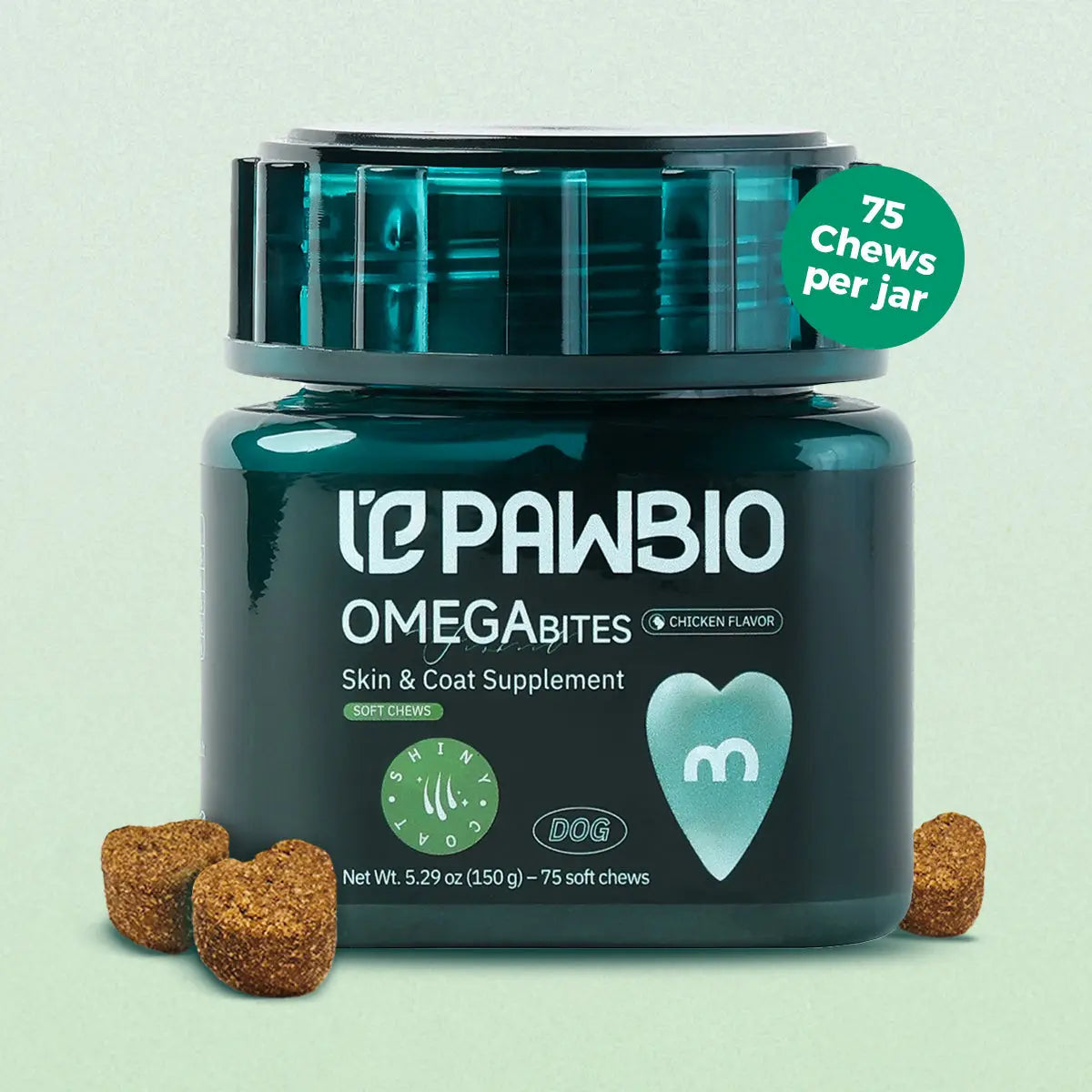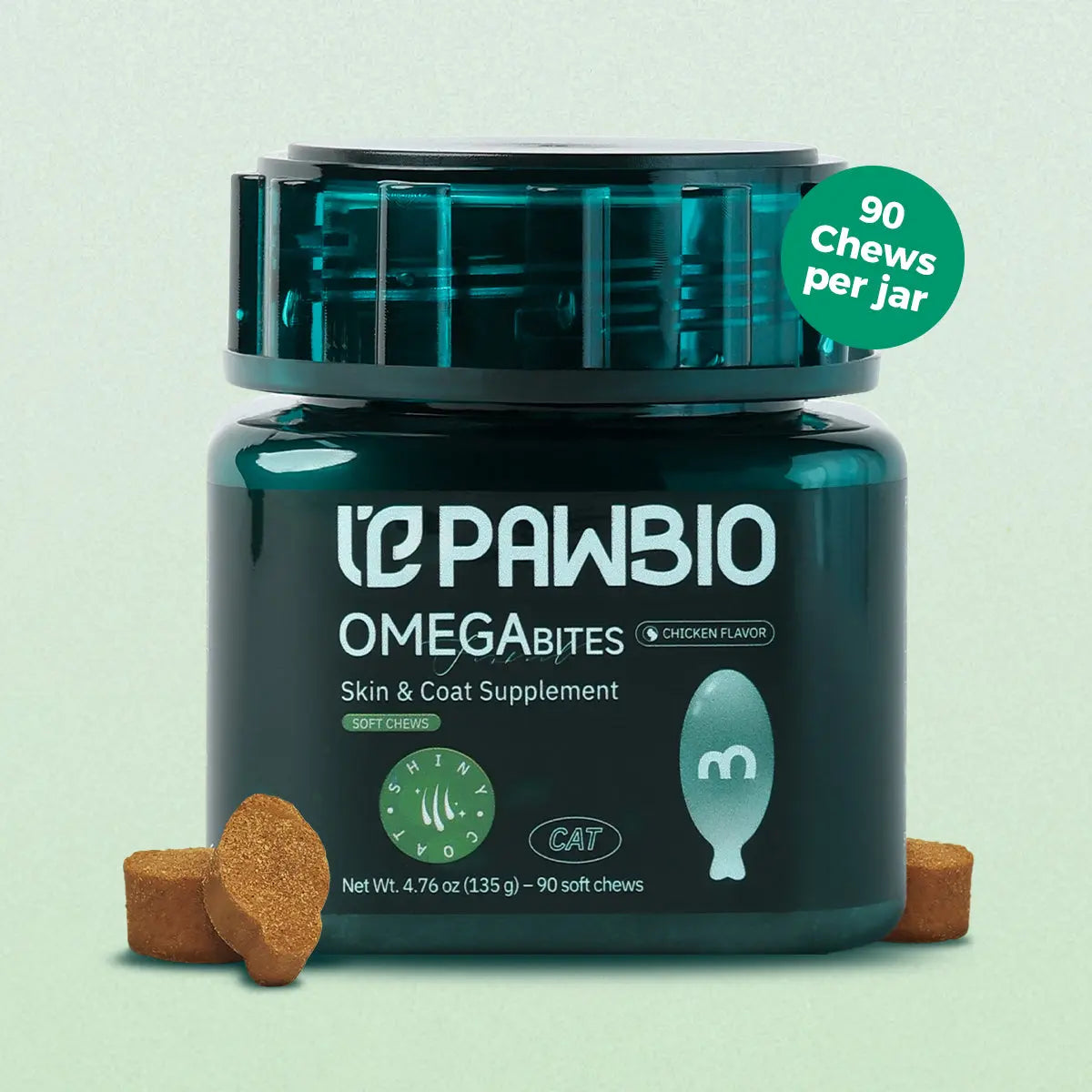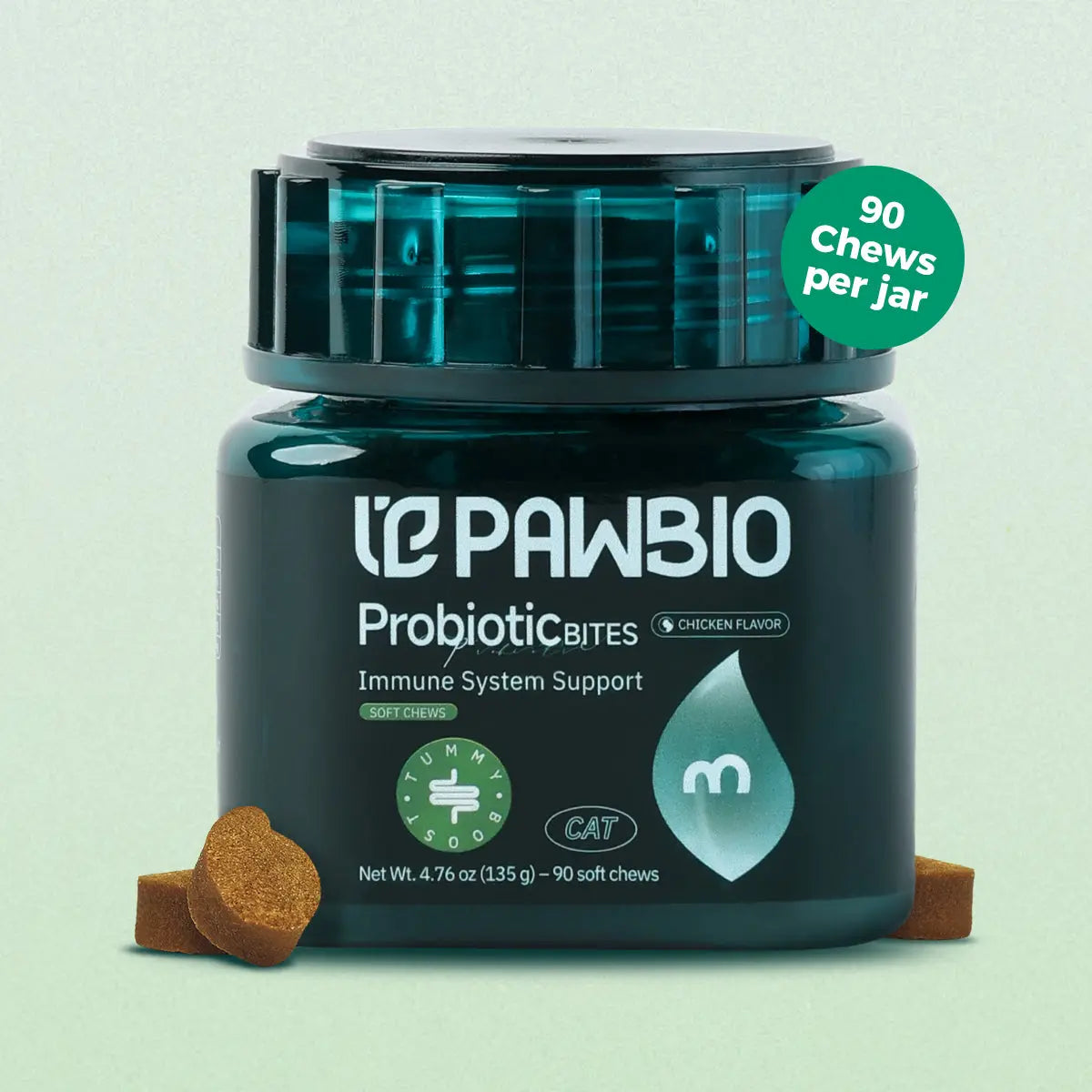When a Morning Run Turns Into a Pause
Last summer, Sarah noticed something unusual about Max — her usually exuberant 8-year-old golden retriever. During their morning play, Max stopped mid-run, looked back at her, and sat down slowly. His eyes still sparkled, but his body wasn’t keeping up like it used to. That quiet pause marked the beginning of something every dog parent faces eventually: the slow wear of joints.
It wasn’t that Max was “old and done” — he was telling us something in his own way, and by listening sooner, we could do more to help.
Why Joints Matter More Than We Think
Joints enable every leap, twist, and tail-wag. Over time, age, genetics, weight, repetitive impact and even minor injuries accumulate to wear down the protective cartilage between bones. Many owners only recognize a problem once limping appears, but subtle warning signs — slower walks, hesitation with stairs, fewer jumps — often arrive much earlier.
According to a recent
article, up to one in four adult dogs (and a higher percentage of seniors) show signs of osteoarthritis or joint distress. One of the authoritative overviews for pet owners is the updated “Osteoarthritis in Dogs: Signs, Symptoms & Treatments” from the
American Kennel Club (AKC), updated July 30, 2025.
Recognizing changes early makes a real difference in maintaining mobility and comfort.
The Science Behind Early Joint Care
Veterinary research consistently shows that a multi-modal approach — nutrition + controlled activity + weight management + environment support — offers the best chance of preserving joint function and delaying decline. For example, detailed human-animal studies confirm that early intervention supports cartilage health, modulates inflammation, and improves daily mobility. The AKC’s article “
How Can Joint Supplements Help Dogs With Arthritis?” outlines how nutrients like glucosamine, chondroitin, green-lipped mussel and omega-3 fatty acids combine to support joint health.
Here are key components:
-
Cartilage building blocks: Glucosamine & chondroitin provide substrates for cartilage repair.
-
Anti-inflammatory agents: Green-lipped mussel supplies natural omega-3s and glycosaminoglycans.
-
Oxidative-stress modulation: Curcumin (from turmeric) helps neutralize free radicals that accelerate tissue ageing.
-
Weight & movement synergy: Less body-mass means less joint stress; gentle daily activity keeps muscles and joints engaged.
Let’s also note the emerging treatment innovations: one 2025
AKC article describes advanced joint therapy (tin-117m injection) aimed at slowing disease progression rather than just masking symptoms. This reminds us that while supplements matter, they are part of a broader care strategy.
Practical Steps You Can Start Today
-
Watch for small changes.
A slow sit or a missed jump may feel minor — but log it. Keep a simple journal (date, behaviour, any hesitation) for 3-4 weeks to detect patterns.
-
Balance activity and weight.
-
Aim for shorter, more frequent walks rather than long sprints.
-
Avoid repetitive high-impact jumps or mismatched surfaces (e.g., tile + slick floor).
-
Maintain a body condition score of ideal or slightly lean — excess weight dramatically increases joint load.
-
Support from within.
Supplements alone don’t replace vet care, but they can help. Focus on:
-
Glucosamine & chondroitin (look for veterinary-grade quality).
-
Green-lipped mussel (source New Zealand, with natural glycosaminoglycans & omega-3).
-
Curcumin or turmeric in bio-available form (enhanced absorption).
Discuss with your vet before starting, especially if your dog is on medication or has kidney/ liver conditions.
-
Adjust your home environment.
Small changes = big comfort:
-
Use ramps or small stairs instead of forcing jumps.
-
Place non-slip rugs on slick floors.
-
Raise food & water bowls to reduce bending.
-
Provide a warm, orthopaedic bed to ease overnight stiffness.
-
Partner with your vet & physical therapist.
Ask your vet about gait-analysis or rehabilitation options. Hydrotherapy, laser therapy, or
structured physical rehab are increasingly used for joint support in 2025.
Easy Daily Support — A Gentle Option
If you're looking for a simple, science-based approach to daily support for your dog's joints,
Pawbio's Hip &
Joint Support soft chews offer a convenient option. Each chew is carefully formulated with a combination of clinically proven nutrients that work synergistically to promote joint mobility and long-term health.
The formula contains chondroitin sulfate to help maintain healthy cartilage, reduce joint damage, and promote overall joint comfort. Additionally, it incorporates green-lipped mussel powder, a naturally rich source of omega-3s, to reduce inflammation, support cartilage repair, and enhance joint mobility. Curcumin extract from turmeric, with its powerful antioxidant properties, relieves joint stiffness and promotes mobility, while vitamin C (ascorbic acid) helps promote collagen production, strengthens joint tissue, and aids recovery after exercise.
Together, these ingredients provide gentle yet effective support for your dog's daily mobility, helping them stay active, comfortable, and happy at every stage of their lives.
Why a Preventive Mindset Helps
Max didn’t need surgery — he needed us to notice earlier and act with consistency. Prevention isn’t about eliminating risk entirely, it’s about slowing, mitigating and managing so that dogs stay comfortable and capable. At Pawbio, our care philosophy comes from this belief: mindful, science-informed support for real life.
Takeaway
Every wag, every stretch, every jump tells a story. Protecting your dog’s movement is an act of love — one built on observation, good nutrition, appropriate care, and thoughtful daily habits. The earlier you start, the more your dog’s next years can be full of energy, comfort, and active joy.

































